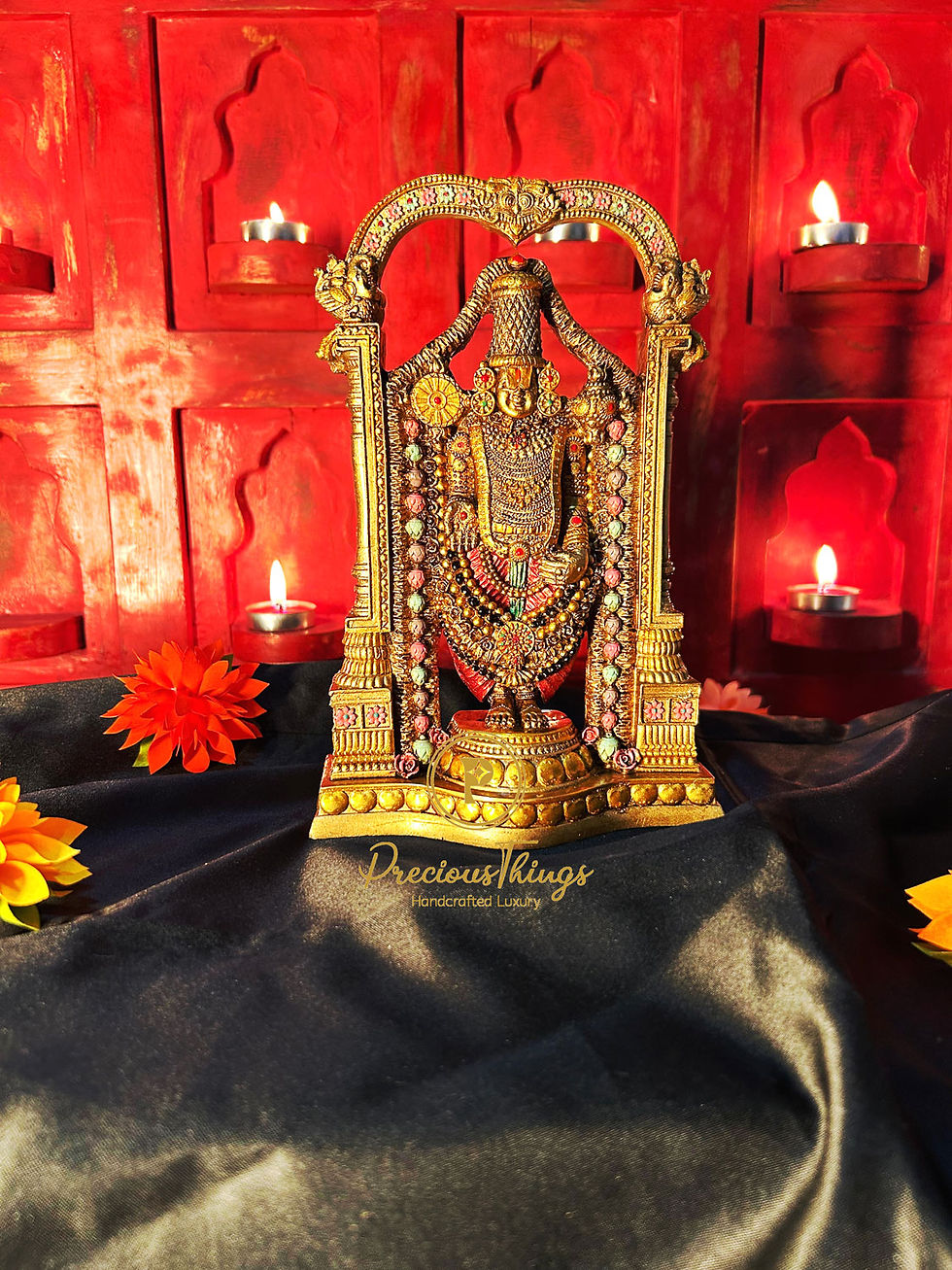A Tanjore painting depicting the Thanjavur Painting of the Lord Shiva Family typically portrays Lord Shiva, the Supreme Being in Hinduism, alongside his consort Parvati and their sons Lord Ganesha and Lord Kartikeya. Shiva is often depicted with his characteristic features such as a third eye, matted hair tied in a topknot, a crescent moon on his head, and a trident (trishul) in his hand. Parvati is depicted as the divine mother, often adorned with traditional attire and jewelry, and sometimes depicted with her attributes such as a lotus or a mirror. Lord Ganesha, the elephant-headed god, is depicted with his vahana (vehicle), a mouse, and often with his favorite sweet, modak. Lord Kartikeya, also known as Murugan, is depicted as a young warrior with six heads and seated on his vahana, a peacock. The painting may include intricate details, vibrant colors, and embellishments such as gold foil and precious stones, characteristic of Tanjore paintings.
Thanjavur Painting of the Lord Shiva Family
Thanjavur painting is a classical South Indian painting style, which was inaugurated from the town of Thanjavur (anglicized as Tanjore) in Tamil Nadu. The art form draws its immediate resources and inspiration from way back about 1600 AD, a period when the Nayakas of Thanjavur under the suzerainty of the Vijayanagara Rayas encouraged art—chiefly, classical dance and music—as well as literature, both in Telugu and Tamil and painting of chiefly Hindu religious subjects in temples. It is distinguished by their rich and vivid colors, simple iconic composition, glittering gold foils overlaid on delicate but extensive gesso work and inlay of glass beads and pieces or very rarely precious and semi-precious gems. They essentially symbolize ancient themes of traditional gods and goddesses.

















